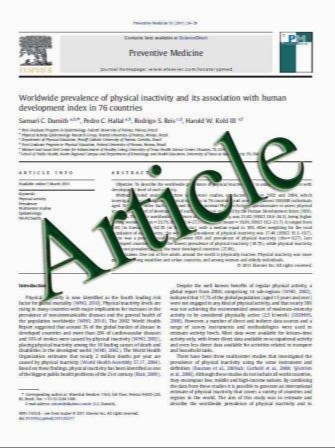Performance of beta- and high-energy gamma probes for the detection of cancer tissue in experimental surgical resection beds
- نوع فایل : کتاب
- زبان : انگلیسی
- مؤلف : Rita Garcia-Parra Neal Clinthorne Li Wang Maria Picchio Morand Piert
- چاپ و سال / کشور: 2011
Description
Objective While high-energy gamma and beta probes have gained considerable attention due to their ability to detect cancerous lesions using 18F-FDG in humans intraoperatively, it is unknown whether the sensitivity of such probes would allow the detection of remaining tumor tissue in the resection bed after removal of macroscopically evident disease. Methods 9L tumors (13 primaries, 17 lymph node metastases) were generated at the upper thigh of Fisher 344 rats. After approximately 2 weeks, microPET was performed to verify increased 18F-FDG tumor uptake. Tumors were surgically exposed and probe readings of tumor and background tissues were performed in triplicate. To evaluate the ability to detect tiny tumor lesions, 12 tumor fragments (range 0.001–0.032 g) were placed into the resection bed and measured to obtain a tumor-to-muscle ratio (TMR). Lesions were classified as positive if count rates were above 2.5 SD of muscle background. All tumor and muscle tissues were weighed and counted to obtain the ‘‘true’’ tumor-to-muscle background ratio (TMRcounter) for reference. The presence or absence of tumor tissue was verified by histology. Results In the presence of background gamma radiation, the beta probe detected all tumor lesions with TMR greater than 2.5 SD of muscle background (TMR range 1.24–3.9 for all 41 lesions). Despite suitable shielding, lesion identification by the gamma probe was clearly limited by the presence of background radioactivity. As a result, only 11/13 primary tumors, 6/17 lymph nodes and 1/11 tumor fragments were identified above 2.5 SD of muscle background (TMR range 0.64–3.59 for all lesions). Conclusion Under experimental conditions, the beta probe was capable to detect minute amounts of tumor tissue at the surface of resection beds. While clinical application of the current beta probe design may depend on the particular intraoperative circumstances including time requirements for surface scanning of resection beds, the data indicate clinical potential for novel designs of handheld beta probes.
Ann Nucl Med DOI 10.1007/s12149-011-0492-0 Received: 19 January 2011 / Accepted: 30 March 2011


